There are lots custom motorcycles with no rear suspension, called Hard Tails. These are famous for killing drunk bikers when they nail that bump in the dark because they're wearing shades because its "COOL, MAN. ITS COOL!". Did you know that Hells Angels is rather famous for meth dealing? Turns out you can get really drunk, take meth, drink more, and still be able to drive your bike in the dark wearing shades because its "COOL MAN! ITS REALLY COOL!". Right till they hit that bump with their hard tail and go flying off the bike at 75 mph. I'm sure their buddies come visit them in the Long Term Care home and push them around in the wheelchair. A few times. Till it gets to be too much of a DOWNER, DUDE. Ahem.
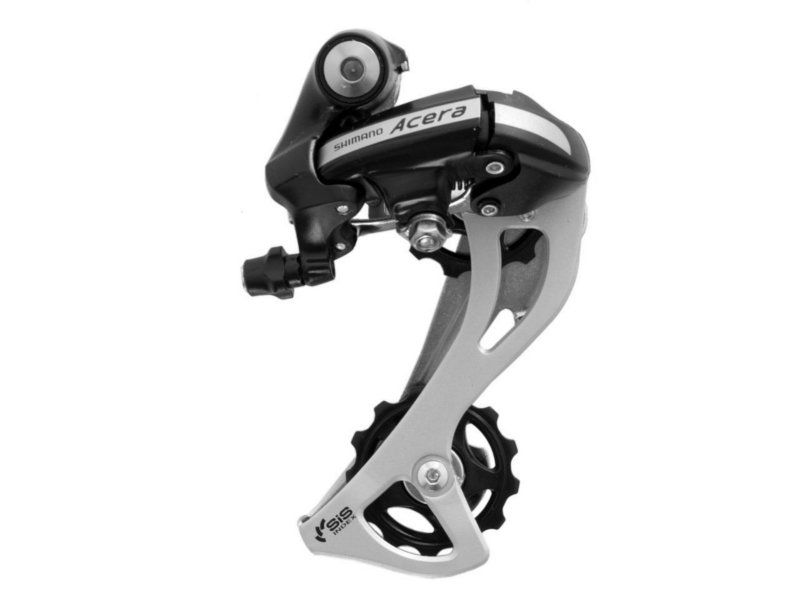 |
| Similar to mine |
Put it all back together, reassembled and adjusted right, tested all the gear changes. Know all about that. Took it around the block. Wanted to go further but Dad was feeling tired so that was that. He's on the articulated but very heavy stump jumper Triax Mountain Bike. They're rather infamous for their welds breaking on the frames in certain lot numbers. I checked. This isn't one of the bad ones, and there's no visible cracks. Aluminum is a bitch to weld, btw. You have to burn off the layer of Al2O5 (corundum aka ruby or sapphire) under argon gas and then weld before the gas clears and it reforms the oxide layer. Even a trace of that left and you'll get weld failure. And it can fail deep inside. I tested for unilimited thickness with steel doing GTAW (TIG) welding. Stainless is something I haven't mastered yet. Its a real PITA. Someday I'd like to, but I have other things going on first. The Triax bike is around 40 pounds. Its got an Aluminum frame, sure, but the rest of the components are cast iron, steel, as heavy and cheap as they can make it. I wonder if he'd like to upgrade the parts so its lighter? Or get one the right size instead? If so, perhaps Dad would sell it? I'm inclined to see if my coworker would be interested. The price is right. It's only about $40, as is.
As two of my coworkers need bicycles I have offered advice and solutions. They're free to take me up on this or smile politely and do something else instead. The new girl (woman) at work is in a similar situation to me. She lives 500 feet higher than work, so going home up that hill will be a cast iron b17ch in the afternoon heat and having worked on her feet all day. This is why I don't do it every day.
My basic approach to this problem is financial first, green second. Being green is useless if you're starving. So if you don't want to drive:
- Bicycle. Used if possible, cheap new if not. Enough gears and wider tires to deal with bumps and avoid flats. Good lights if you're riding in traffic (we are). Bright clothes on the bike. Give them every chance to notice you. However, outside of 25 mph zones, a bicycle isn't TRAFFIC, its a Pedestrian to be ignored. You should always have a bicycle as a backup vehicle anyway.
- Moped kit on the bicycle. Not very green however it will pull the hill. These are around $150. Installs in a few hours of work.
- If miserable with a loud gasoline engine, seriously consider the expense of an electric bike kit instead. Those are silent and can be recharged at work for the ride home. They only go 20 mph and they cost between $800 and $2000 for a KIT so the cost and function start to overlap with the next step. Also, expect to replace the battery pack every year. My annual gasoline usage is half the cost of a battery, mind you.
- Motorcycle license, safety armor, and a scooter or motorcycle. Cost is about the same for a scooter or a small displacement motorcycle.
- Scooter is cuter but bike is safer on these roads and can keep up with traffic. Avoid any Chinese scooter. A good quality scooter with a Honda or Yamaha or Italian badge is going to set you back $2900-3400. And its got small wheels. The Japanese ones you can get parts. The Italian ones... maybe. A scooter is very easy to ride. Twist throttle to go, pull brake lever to stop, steers just like a bicycle. Easy. You DO need a motorcycle license to ride one, however. At least in PRK.
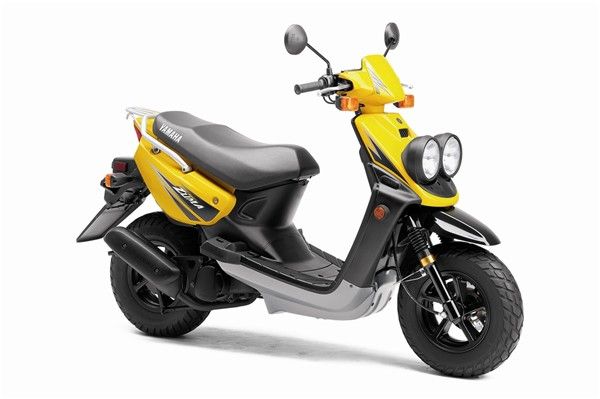
Yamaha Zuma 125 - Used dirt bikes (Enduro) with road plates have rust and wear issues, but probably the best deal. When the roads are gone, these will still be moving. These are motorcycles with high mufflers, long travel suspensions, and fixed high fenders. They are made for mud and dirt and really rough roads. They also work on pavement. They are ugly like tractors. If I get one of these it will probably be a DRZ-400, if only because it has the better suspension already and lots of stuff available aftermarket. It is the ultimate offroad vehicle because it is too light to get stuck, and can go ridiculously small places. Get a rescue beacon if you ride this solo. You might need it.
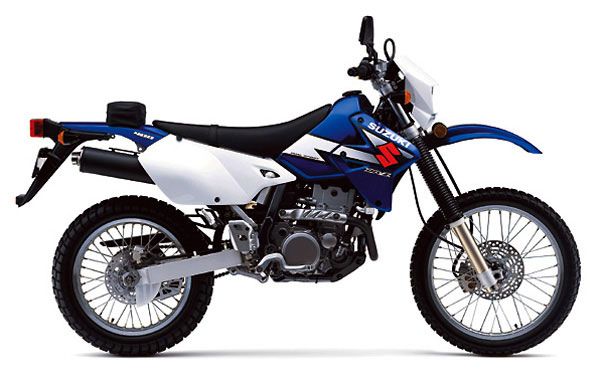
Suzuki DRZ-400 - The best road bike is the Ninja 250. Its a race bike and revs to 14,000 RPM so will give a high whine at full throttle, but it is freeway capable and 70 mpg. Costs around $2000 used, $4400 new. With knobby tires, this is surprisingly capable on gravel and dirt. Most have been dropped. The new Ninja 300 is EFI and very fast. That's a bike you wouldn't want to sell.
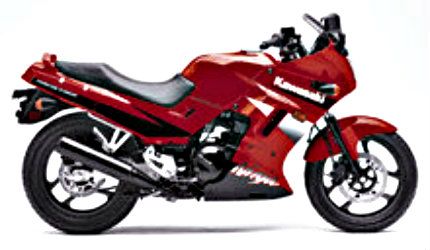
Kawasaki Ninja 250 - The best cruiser is the Yamaha Virago 250 (V-twin torque pulls hills at 70 mpg), followed by the Honda Rebel (if you keep after the brakes and adjust the drums regularly). Both are out there cheap. The Virago is a better bike. A shame they didn't make a Standard with that engine. Someday I may do that. I do know how to weld, after all.

Yamaha Virago 250 - If you opt for a bigger bike, KLR650 is a good option but you'll need locktite on every bolt so it won't shake parts off constantly. Suzuki DR650 as well. The Kawasaki W650 is a nice standard bike but they didn't sell well. The Suzuki SV650 is a very SMOOTH 90' V-twin with EFI, wide powerband and good suspension. Watch for drop damage. I would call it the Honda Accord of bikes. If you're good with electrical, older Hondas and Suzukis are waiting for restoration. Most of serious electrical problems needing replacement of firing system and wiring harness. They're a good 100 pounds heavier than a modern bike, thanks to all the steel.

Kawasaki W650
There are many starter bikes which are ridden for a season and then sold on to the next newbie. If your plan is to ride cheap, a starter bike is the way to go, assuming you're not commuting a great distance. If you ARE commuting a great distance, can you move closer to work or work from home or take a similar job closer to where you live? Ask yourself those questions every time you fill up your tank. Bigger displacement bikes exist and will do the run, but every mile is a risk and every second of inattention is a potential crash waiting to happen. You might be better off carpooling with a Geo Metro instead. Fugly, but efficient.
I am glad I biked this morning. We are expecting thunderstorms here for the next week. There is high thin cloud shading out the sun, yet doesn't show up on radar. There was Virga (rain that doesn't hit the ground) on the way to IHOP this morning. The National Weather Service is predicting spring snow flurries at high elevations like Donner Pass. If it had been warmer we would have have gone to the Truckee River and biked the trail up to Tahoe City. It's very pretty there.
If you want to know what future roads will be like, watch Long Way Round chapter 3 to 8. Especially Mongolia and Siberia. It's on Hulu. Patchy pavement bits, some gravel, dirt, fallen trees, washouts, running water if its the rainy season, brush. Its not very clear what you're riding through and a lot of stops and starts so you don't impale yourself one a tree branch and die. Or drive off a washout and die. Or slip down an embankment and die. Ahem. There are many dangers in the real world that we take for granted with our highway safety. Our brightly painted lines, our reflectors and signs and street lights. The funding for that is running out. We'll let stuff go. We'll see the roads cave, slump, subside. Stuff like that already exists here. They aren't popular roads, so there's no taxes for their upkeep. Their pavement rots, falls away. Weeds grow up. It turns into a vague singletrack populated by deer and mountain lions.
More and more roads will go that way. Rich neighborhoods will pay to keep their streets paved. Poor ones don't have the money and will turn into dirt street slums. Its a hell of a thing. This is why I think so hard about wheel size and suspension. Modern ATVs might work too, though I've never seen one parked at a workplace. People don't realize they can be made road legal pretty easily. Even here in the PRK. It is in your best interest to know how to ride a bicycle and a motorcycle so you can be prepared for Peak Oil kicking your @55 for maximum shock and awe. If you are prepared it won't be QUITE so bad. Peak Oil happened in 1970. We're just getting lots of things to slow down the effect, distribute the consequences to the whole world. Peak Oil is a global problem. People underestimate just how serious that is.

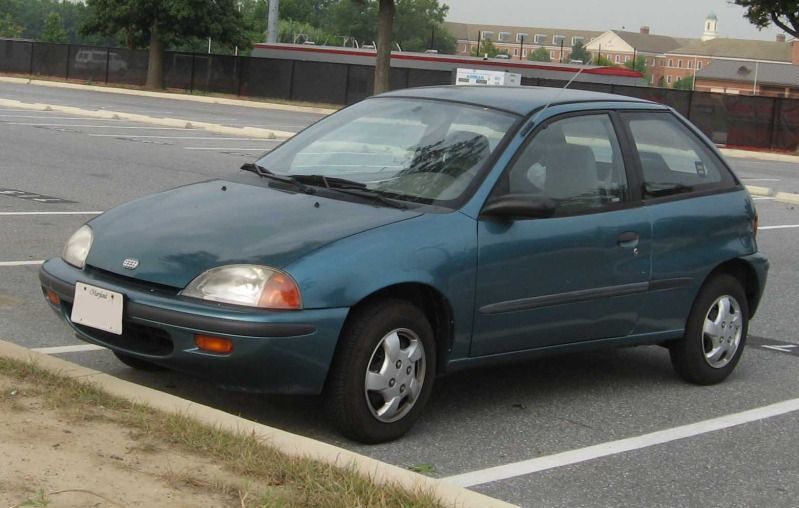
No comments:
Post a Comment